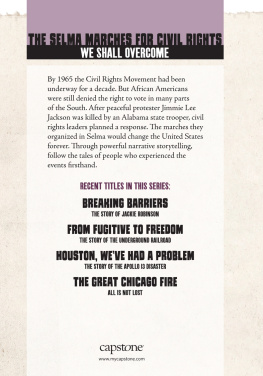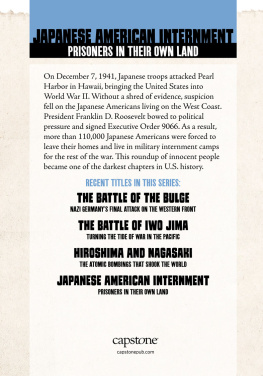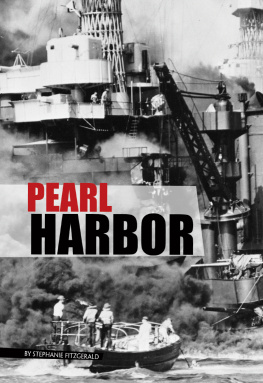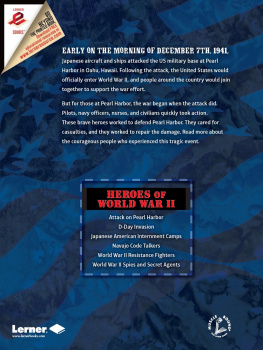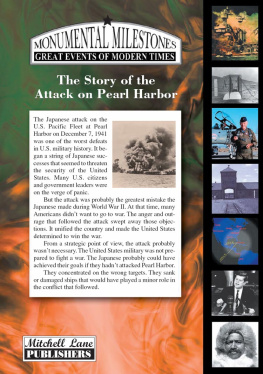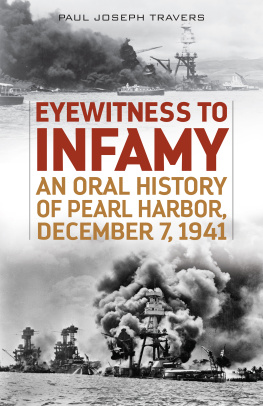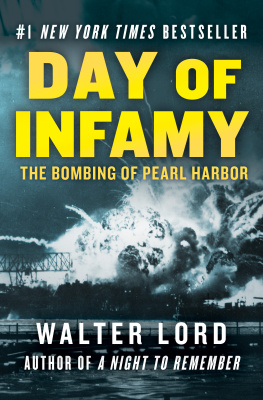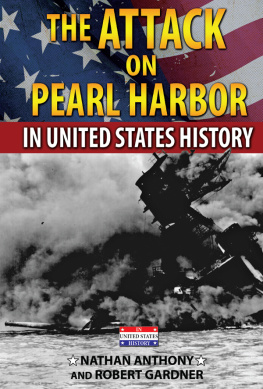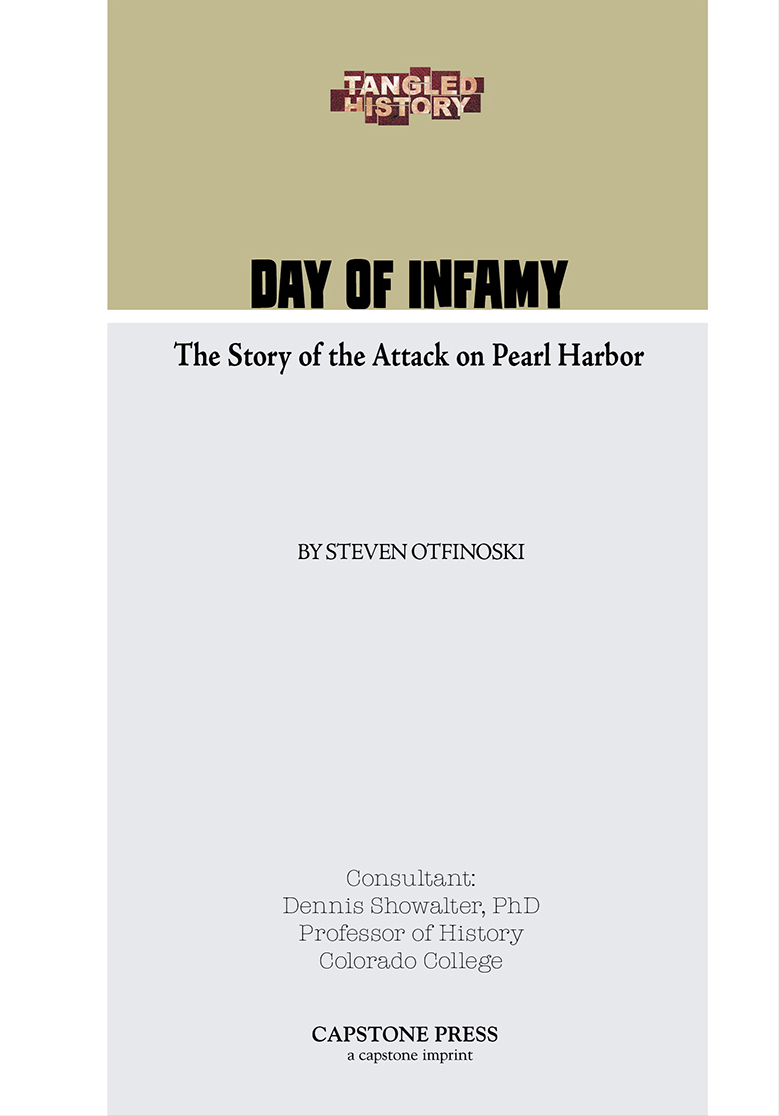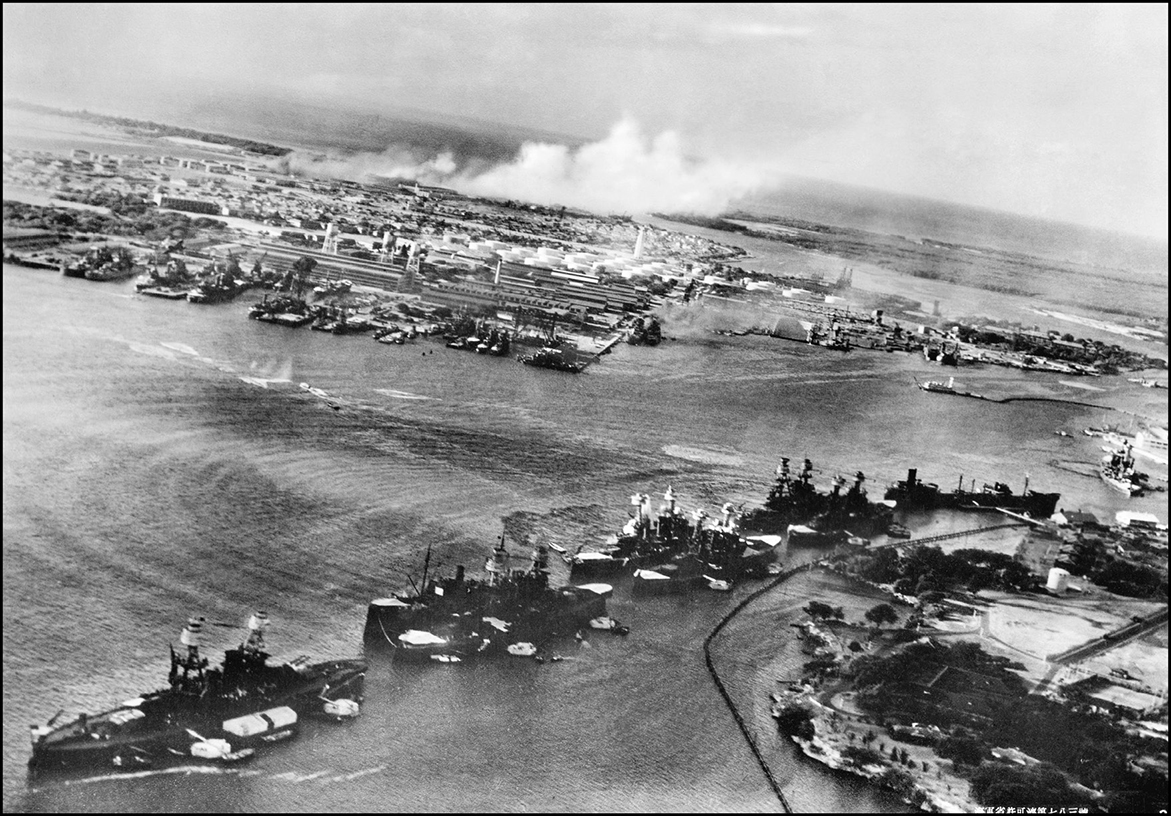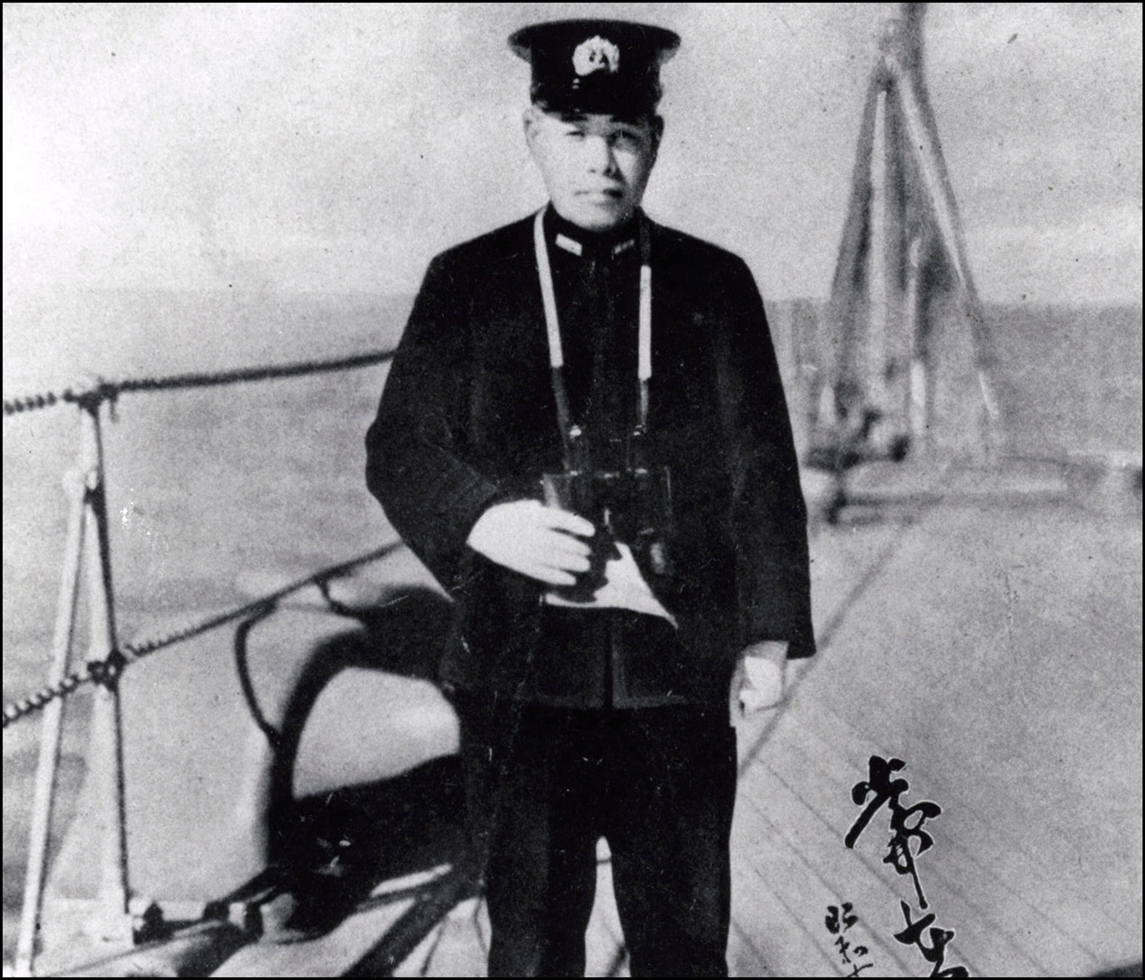FOREWORD
December 7, 1941, began like any other Sunday morning on the Hawaiian island of Oahu. Civilians and American military families quietly went about their business. Some slept late while others got ready for church. Much of the U.S. Navys Pacific Fleet floated gently in the blue-green waters at Pearl Harbor on Oahus southern coast. The fleet, along with hundreds of military airplanes on surrounding airfields, was relatively undefended. World War II raged in Europe but the United States had not joined that fight. Relations between the United States and Japan had become worse in recent years, and some thought the two countries might be heading toward war. But with 4,000 miles between Japan and the Hawaiian islands, no one worried about a Japanese attack. They should have.
Admiral Isoroku Yamamoto, commander in chief of the Imperial Japanese Combined Fleet, had led the effort to devise a simple, bold plan nearly a year before. Japanese warplanes would make a sneak attack on Pearl Harbor and destroy the U.S. fleet. This would give Japan at least six months to execute its master plan to take over a large part of Asiafrom China to the islands of the South Pacificwithout American interference. Japans leaders had dreamed of building a colonial empire since at least 1931, when they seized Manchuria in northeastern China. Now, as Japanese forces approached American shores, that dream seemed poised to become a reality.
Japanese admiral Isoroku Yamamoto
Mitsuo Fuchida
Bomber approaching Oahu, December 7, 1941, 7:40 a.m.
Commander Mitsuo Fuchida of the Japanese Imperial Navy grimaced as he gazed down from his cockpit at the cover of clouds below. He had left the flagship aircraft carrier Akagi an hour and forty minutes earlier to lead 189 pilots and their planes to their designated targets. They would be approaching their goal soon, but the weather seemed to be working against them.
As the planes approached Oahu, Fuchida grew more tense. Would they be able to see their targets with the clouds so thick? Desperate for information, he flicked on the planes radio and through the static heard music coming from a local Honolulu radio station. Suddenly the music ended and an announcer came on with the weather forecast: partly cloudy mostly over the mountains ceiling 3,500 feet visibility good.
Visibility good. That was promising. Then, all at once, Fuchida saw through his binoculars a long white line of breaking surf directly beneath my plane. It was the northern shore of Oahu. And there it wasthe blue waters of Pearl Harbor with its battleships neatly lined up like sitting ducks. He counted them. Sixseveneight. But where were the aircraft carriers? They must be out on maneuvers on the open sea. He was disappointed but there was no time to worry about it now.
As he prepared to fire the signal gun for the attack, Fuchida had a critical decision to make. There were two scenarios for the attackSurprise or Surprise Lost. For Surprise Fuchida would fire one time, indicating the Americans were unaware of the impending invasion and not prepared. The torpedo planes would go in first, followed by the horizontal bombers, and finally the dive bombers. If, however, the Americans already realized they were under attack, Fuchida would fire his gun twice for Surprise Lost. Then the dive bombers and fighters would immediately fire on the islands airfields and antiaircraft ground defenses to halt any resistance. After that, the torpedo planes would come in to attack the ships.
But Fuchida had no idea if the Americans were already aware of their arrival. planes sent ahead were supposed to send him a report, but he had heard nothing. Time was running out. He had to decide one way or the other. He chose Surprise and fired his gun once. The so-called black dragon of smoke shot through the air. The dive bombers began to circle, but there was no movement from the fighter planes. Had they not seen the signal? Fuchida fired the gun again. This time the fighters did see it, but unfortunately, so did the dive bombers and other planes. They took it for two shots, signaling Surprise Lost. The plan was already coming apart as all of the planes prepared to attack at the same moment. It didnt matter, Fuchida decided.
The attack had begun.
Ford Island lies in the middle of Pearl Harbor.
John William Finn
Near Kaneohe Bay Naval Air Station, 7:55 a.m.
Chief Petty Officer John William Finn was lying awake in bed when he heard the planes.
It was a sound that Finn, stationed at the Kaneohe Bay Naval Air Station, 12 miles from Pearl Harbor, was familiar with. But not on a Sunday morning, a time to sleep late and rest. He shifted his body and looked at his wife, Alice. She was standing at the bedroom window, gazing out at nearby Hawaiialoh Hill. Oh John, its beautiful! she said. Finn looked up and saw an airplane whiz by against the blue canvas of sky. Then he heard the sound of machine gun fire.
He assumed someone was firing down at the machine gun range. But why on a Sunday morning? And why are the guns firing so slow? Finn wondered. Another plane flashed by the window.
Hey, those are aircraft carrier planes, he said to Alice. Was the base holding a mock attack? On a Sunday morning? Just then there was a sharp rap on the apartment door. My gut had turned to a little lead ball, Finn recalled years later. I knew something was wrong.
Finn threw on a pair of dungarees and ran for the door. It was his neighbor, Lou Sullivan, the wife of man in his squadron.
Whats up, Lou? he asked.
They want you down at the right away, she said.
Finn went back to the bedroom and quickly finished dressing.
Where are you going? Alice asked.
Over to the hangar.
Alices eyes grew wide. At this hour? she said. On a Sunday?
They need me to check something out, he said. He decided not to tell her that the base might be under attack. He didnt want to alarm her and was hoping against hope that he was wrong.
He put on his shoes and gave her a peck on the cheek. Ill be back as soon as I can, he said.
Bill she started, but he cut her off.
Its all right, he said. Go back to bed. Ill be back soon.
Then before she could say another word, he was out the door.
Samuel Glenn Fuqua
Aboard the USS Arizona, 7:55 a.m.
All was quiet on the USS Arizona, one of eight battleships stationed along what was known as Pearl Harbors Battleship Row. Lieutenant Commander Samuel Glenn Fuqua, 42, one of the ships senior officers, was eating breakfast in the . This was one of Fuquas favorite times of the week. He could sit and linger over a second cup of coffee and read the Sunday newspapers. It was quiet because most of the nearly 1,500 sailors on board were still enjoying a late morning sleep. Those men lucky enough to be off-duty were getting ready to go ashore for a carefree day in Honolulu.


